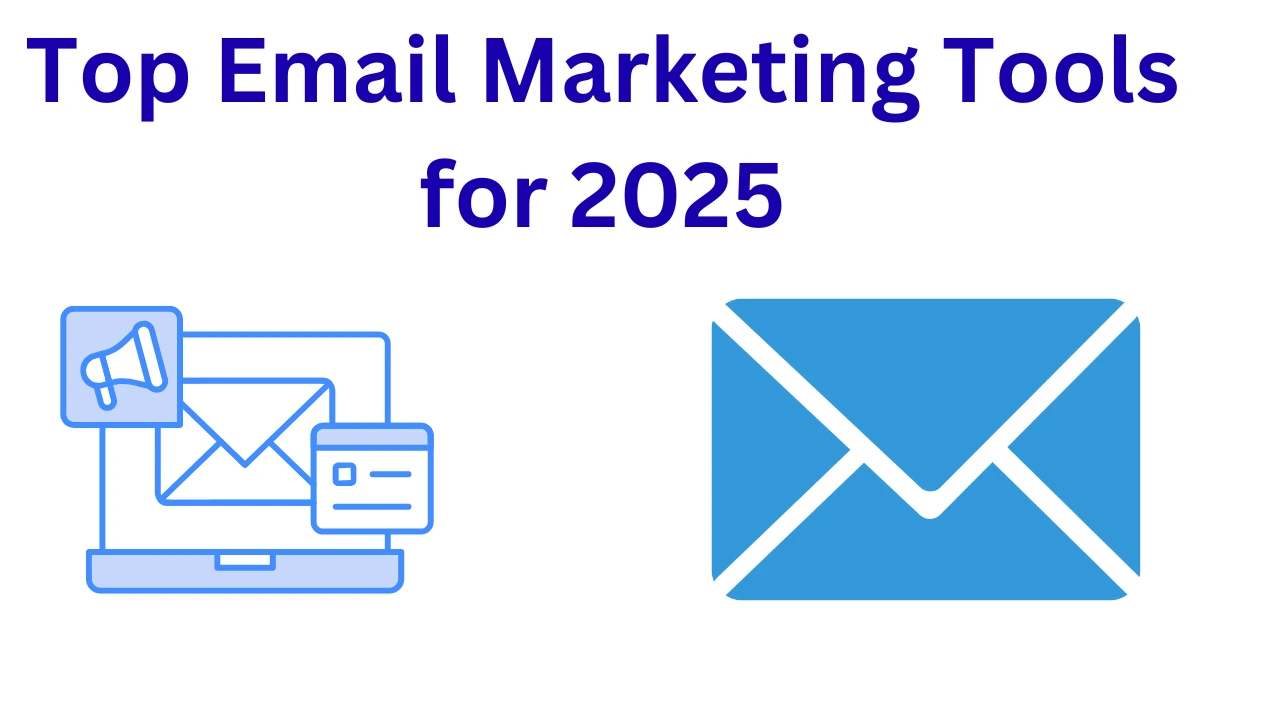Email marketing is still one of the best ways for businesses to connect with customers. Whether you are sending newsletters, promotions, or follow-up messages, email helps you build relationships and increase sales. But sending hundreds or thousands of emails manually is impossible. That’s where email marketing tools come in—they help you design, send, and track emails easily.
In 2025, email tools are smarter, more automated, and more personalized than ever. Here’s a look at some of the top email marketing tools you can use this year, explained in simple words.
1. Mailchimp
Mailchimp has been one of the most popular email marketing platforms for years, and in 2025, it’s still a top choice. It’s known for being beginner-friendly and offering a free plan for small businesses. With Mailchimp, you can:
- Create beautiful email templates without coding.
- Set up automated emails for new subscribers or special events.
- Segment your audience so each group gets relevant messages.
- Track how many people open and click your emails.
It also comes with marketing features like social media posting and landing pages, making it a good all-in-one solution.
2. Constant Contact
Constant Contact is great for small businesses that want reliable email marketing without too much complexity. It offers:
- Easy drag-and-drop email design.
- Pre-made templates for different industries.
- Event management tools to send invites and track RSVPs.
- Detailed reports to see what’s working.
It’s known for excellent customer support, which is helpful if you’re new to email marketing.
3. ConvertKit
ConvertKit is perfect for creators like bloggers, YouTubers, and online course sellers. It focuses on building relationships rather than just sending mass emails. You can:
- Create personalized email sequences.
- Tag subscribers based on their actions.
- Offer sign-up forms and landing pages.
- Sell digital products directly through email.
It’s simple yet powerful for those who want to grow an audience and sell online.
4. ActiveCampaign
ActiveCampaign is ideal if you want advanced automation and personalization. It helps you go beyond basic newsletters by:
- Sending emails based on customer behavior (like visiting your website).
- Combining email marketing with a built-in CRM (customer relationship manager).
- A/B testing your campaigns to see what works best.
- Scoring leads to know which customers are most interested.
While it’s more advanced, it’s a great choice for businesses that want serious results from email marketing.
5. GetResponse
GetResponse is a flexible tool that combines email marketing with other features like webinars and sales funnels. You can:
- Build automated campaigns with a visual workflow.
- Use AI to generate subject lines and content ideas.
- Host webinars to engage your audience directly.
- Create landing pages and sales funnels without extra tools.
It’s a strong choice for businesses that want both email and online event capabilities.
6. Brevo (formerly Sendinblue)
Brevo is a budget-friendly option that offers more than just email—it includes SMS marketing and chat tools. With Brevo, you can:
- Send both email and text message campaigns.
- Automate follow-ups based on customer actions.
- Personalize emails with customer details.
- Use a free plan with a daily sending limit.
It’s great for businesses that want to connect with customers on multiple channels.
How to Choose the Right Tool in 2025
When deciding on an email marketing tool, consider:
- Ease of use – Is it simple to design and send emails?
- Automation features – Can it send emails automatically based on customer behavior?
- Integrations – Does it work with your website, store, or CRM?
- Price – Does it fit your budget and offer a good free plan or trial?
- Support – Is help available when you need it?
Email marketing in 2025 is all about personalization, automation, and building trust. Mailchimp and Constant Contact are great for beginners, ConvertKit works well for creators, ActiveCampaign offers advanced automation, GetResponse is perfect for combining webinars and emails, and Brevo is excellent for multi-channel communication.
No matter which tool you choose, the key is to send valuable, relevant emails that your audience actually wants to read. A good email marketing platform will save you time, help you connect with customers, and grow your business faster.
If you’d like, I can also create a side-by-side comparison chart of these tools so you can see their features and costs at a glance. That would make it even easier to pick the best one for your needs.
